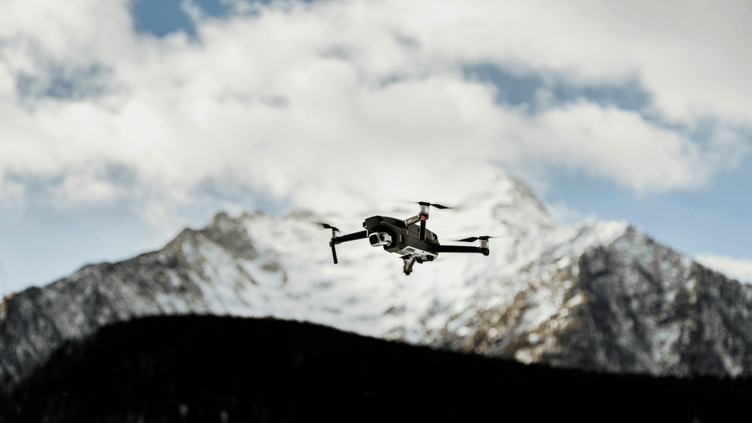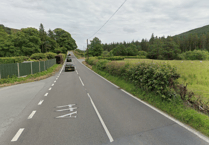The Welsh Ambulance Service is to begin using remotely operated drones to survey the scenes of hazardous and challenging incidents.
The eyes in the sky will provide specially trained Hazardous Area Response Team (HART) paramedics with live, aerial footage of incidents, allowing them spot previously unseen dangers.
As well as providing live video feeds to the operators on scene, the drones are also capable of relaying the feed to clinicians in the Trust’s control rooms, allowing them to monitor, assess and if necessary, provide additional assistance to those on the ground.
Giles Hodges, HART Training Manager said: “Our HART paramedics are often working in remote locations which can be vast and difficult to access, making it extremely challenging to get an exact location for a patient.
“If we have the capability to survey a hazardous area before we commit our staff, it means that not only is it safer for everyone involved but also, it is likely to mean we can reach the patient more quickly.
“If a patient has fallen into a river and been swept away, they could have travelled a significant distance before our crews arrive on scene.
“The drones, with their imaging capabilities, allow us to cover much greater distances and really boost the chances of spotting the casualty before it’s too late.”
The drones are operated by specially trained paramedics who, after sitting theory and practical exams, have obtained general and visual line of sight licences from the Civil Aviation Authority for drones weighing up to 25kg.
Scott Hanson, Wales Coverage Project Manager, said: “Having the drones provides situational awareness to our HART paramedics, giving them an enhanced overview of the incidents they are responding to.
“This will really benefit patients in difficult to reach or inaccessible locations as the drones have infrared capabilities and will give a birdseye view of the area.
“These capabilities help clinicians to spot patients in remote locations such as mountainous areas or incidents in water such as rivers or lakes.
“The thermal imaging capabilities of the drones have the potential to quickly identify casualties, even in the dark.
“In a life-threatening emergency, time is critical and finding the casualty as quickly as possible really could be the difference between life and death.”
Currently, when a casualty is in a difficult to reach location or cannot be located, the service may have no other option that to request air support, using helicopters from other agencies.
It is hoped that if the drones prove to be a success, it will reduce the need for assistance from partner agencies, particularly around search and rescue incidents, freeing up those valuable resources to attend other emergencies.
This is not the first time the Welsh Ambulance Service have explored the potential for drones, having previously partnered with the University of Warwick and industry partners SkyBound, to explore whether drone-delivered defibrillators could make a difference to someone in cardiac arrest.
Lone bystanders aren’t currently instructed by ambulance call handlers to leave a patient to retrieve a nearby defibrillator, as the priority is the chest compressions.Delivering a defibrillator directly to them would negate the need to leave the patient, and potentially improve chances of survival.
Jonny Sammut, Director of Digital Services, said: “This marks an exciting leap forward for the Welsh Ambulance Service as we embrace cutting-edge technology to improve both patient outcomes and staff safety.
“Deploying drones to support our frontline teams is not just about innovation, it’s about smarter, faster, and safer care in the most challenging environments.
“This is one of our first steps into drone technology, and our eyes are already set firmly on the horizon, potentially beyond visual line of sight capability, which could be truly game-changing.
“Harnessing tools like this allows us to act safely and decisively in moments that matter most, supporting our crews and reaching patients quicker than ever before.”





Comments
This article has no comments yet. Be the first to leave a comment.